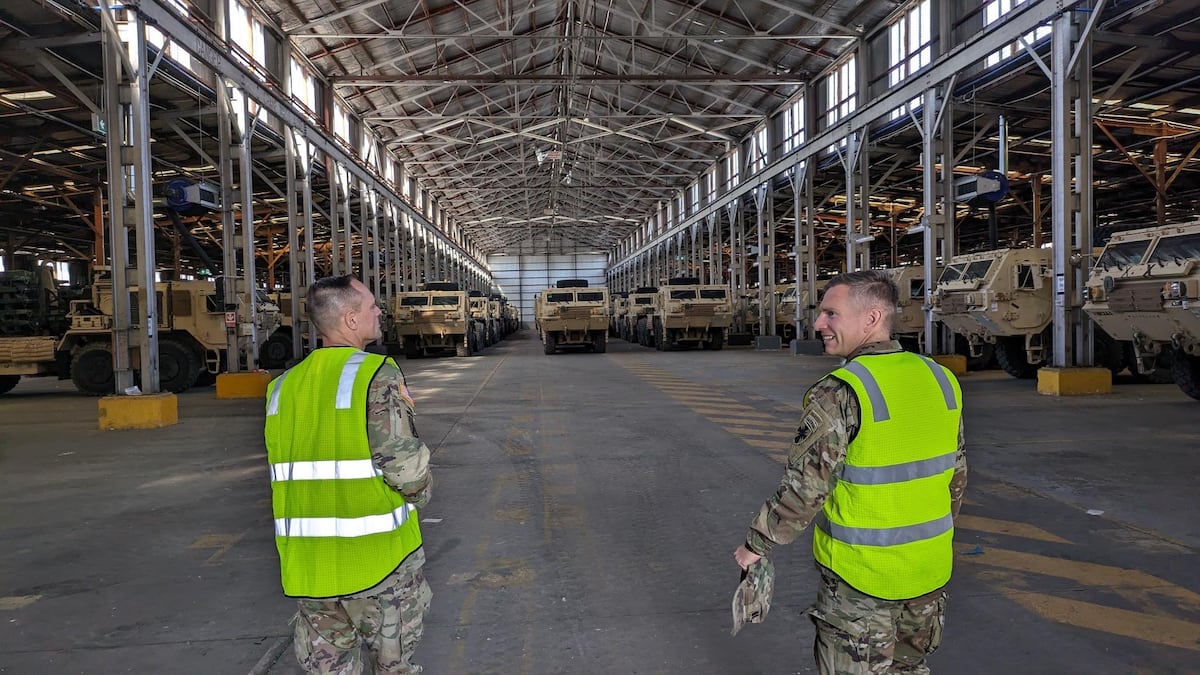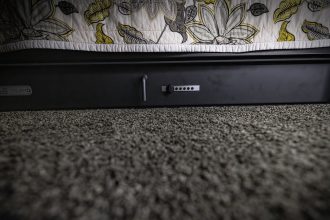The U.S. Army will test a nascent capability to effectively preposition equipment and supplies forward in the Pacific theater in Australia during the large-scale exercise Talisman Sabre kicking off this month, according to U.S. Army Pacific Command commander Gen. Ronald Clark.
As the U.S. military tackles preparing for the difficult challenge of sustaining a possible protracted operation in the Pacific theater, the services are working together to develop what they are calling Joint Theater Sustainment Distribution Centers.
The Army is largely responsible for establishing several of these major sites that will shelter equipment and a variety of supplies that could be used during war, humanitarian crises or natural disasters.
“We are responsible for setting the theater for the joint force,” Clark told Defense News in a June 27 interview. “The way that we’ve undertaken that strategically is to build joint interior line through Joint Theater Distribution Centers that we’re establishing across the Pacific.”
The Army has so far established one center in the Philippines and one in Australia, for which the service is directly responsible. The other services are tasked with building out more centers across the first and second island chains in the Pacific, key archipelagos stretching from Japan through Taiwan and down to Borneo in the south Pacific.
One of the JTDCs is being established in Townsville, Australia, just north of the Gold Coast on the eastern side of the country.
During Talisman Sabre, the Army will be building its concept for the center along with other logistics and sustainment capabilities the service expects it will need in a highly contested environment.
The exercise happens every other year. This time, roughly 35,000 soldiers from 19 countries will participate.
“This gives us a great opportunity to test some of the capability associated with that because we have to move personnel and materiel into Australia. The tyranny of distance, of which you’re well aware of, requires that,” Clark said.
Having JTDCs “in and near the first island chain is exceptionally important for us and to be able to work through some of those challenges in the concept, in peacetime, as we’re working through contested logistics,” he said. “We’re building those concepts and building those capabilities with the Australians side-by-side to facilitate setting the theater.”
The locations throughout the theater will vary in size and scope, “but the things that will be universal,” Clark said, “is, one, you’re going to have to have a port capability to move surface vessels with large amounts of material.
“Two, they’re going to have to have storage capability for our efforts that store classes of supply. Three, they’re going to have to have some sort of airfield and air capability so we can move quickly materiel, supplies, from one place to another in rapid fashion.”
The centers “will allow us to essentially cheat the requirement for strategic air because, should there be crisis or conflict, the ability to use strategic lift to get into position will be highly contested by ourselves,” Clark said during a Center for Strategic and International Studies event June 27.
“Our efforts to get Army prepositioned stocks on the ground in multiple locations where we can draw and then move inter-theater to a place of need is essential.”
Talisman Sabre will also test out other capabilities designed for contested logistics, such as Army watercraft concepts, as the service works to shape that strategy.
The exercise will also mark the first time the Army’s Typhon, or Mid-Range Capability missile, is live-fired in the Pacific theater.
Jen Judson is an award-winning journalist covering land warfare for Defense News. She has also worked for Politico and Inside Defense. She holds a Master of Science degree in journalism from Boston University and a Bachelor of Arts degree from Kenyon College.
Read the full article here








